THUENEN_BALTIC: Movements of cod, plaice, flounder and turbot in the western Baltic Sea (Germany)
Citatie
Krumme, U., Haase, S., Bukowski, C. (2023). Movements of cod, plaice, flounder and turbot in the western Baltic Sea. https://marineinfo.org/doc/dataset/8421
Contact:
Krumme, Uwe Beschikbaarheid: Dit werk valt onder volgende licentie http://vocab.nerc.ac.uk/collection/L08/current/MO hierdoor valt het onder embargo tot 2025-12-31
Beschrijving
To better understand cod life history, we investigate habitat use, movements, and behavior of adult western Baltic cod in a natural slope area in southern Mecklenburg Bay. Results from a nearby cod tagging study on an artificial reef (Nienhagen Reef) in the western Baltic Sea indicate high site fidelity of cod to reef structures. However, it is unclear whether this behavior is representative of cod behavior outside this artificial habitat (Dolk, 2015; McQueen et al., 2019). The primary focus of this study is on cod, but because flatfish are also an important part of the community and cod densities are currently relatively low, we are investigating the life history and movement patterns of cod and flatfish together in this area. meerHow exactly do cod and flatfish live and survive in the brackish water environment of the Baltic Sea? We equip fish with transmitters so that they can tell us about their lives - and we better understand how they behave under changing environmental conditions. Scope Thema's: Biologie, Biologie > Ecologie - biodiversiteit, Biologie > Geluid, Biologie > Vis, Fysisch > Onderwater geluidstechniek, Kustonderzoek (bv. stranden, estuaria), Visserij, Visserij > Visstocks/vangsten/merken Kernwoorden: Marien/Kust, Brak water, Acoustic, Acoustic arrays, Acoustic data, Acoustic detection, Acoustic devices, Acoustic pingers, Acoustic receivers, Acoustic systems, Acoustic tags, Acoustic telemetry, Acoustic tracking, Acoustic tracking systems, Animal tracking, Behavioural ecology, Behavouir, Brackish water fishes, Brakwatervissen, Duurzaam visserijbeheer, Estuariene vissen, Estuarine fisheries, Fish behaviour, Fish detection, Fish tracking, Habitatgebruik, Onderwatertraceersystemen, Tracking data, Tracking devices, Tracking, acoustic, Volgsystemen, ANE, Germany, Mecklenburg Bight, ANE, Germany, Mecklenburg-Vorpommern, Gadus morhua Linnaeus, 1758, Pleuronectiformes Geografische spreiding ANE, Germany, Mecklenburg Bight [Marine Regions] ANE, Germany, Mecklenburg-Vorpommern [Marine Regions] Spreiding in de tijd
Vanaf 2022 [Gestart] Acoustic detections: Acoustic telemetry Fish detections: Acoustic telemetry Bijdrage door
Johann Heinrich von Thünen-Institut (TI), meer, hoofdonderzoeker, data creator, data verzamelaar
Gerelateerde datasets
Maakt deel uit van: European Tracking Network (ETN) data, meer Dataset status: Gestart
Data type: Data
Data oorsprong: Onderzoek: veldexperiment
Metadatarecord aangemaakt: 2023-11-07
Informatie laatst gewijzigd: 2023-11-07
| ||||


